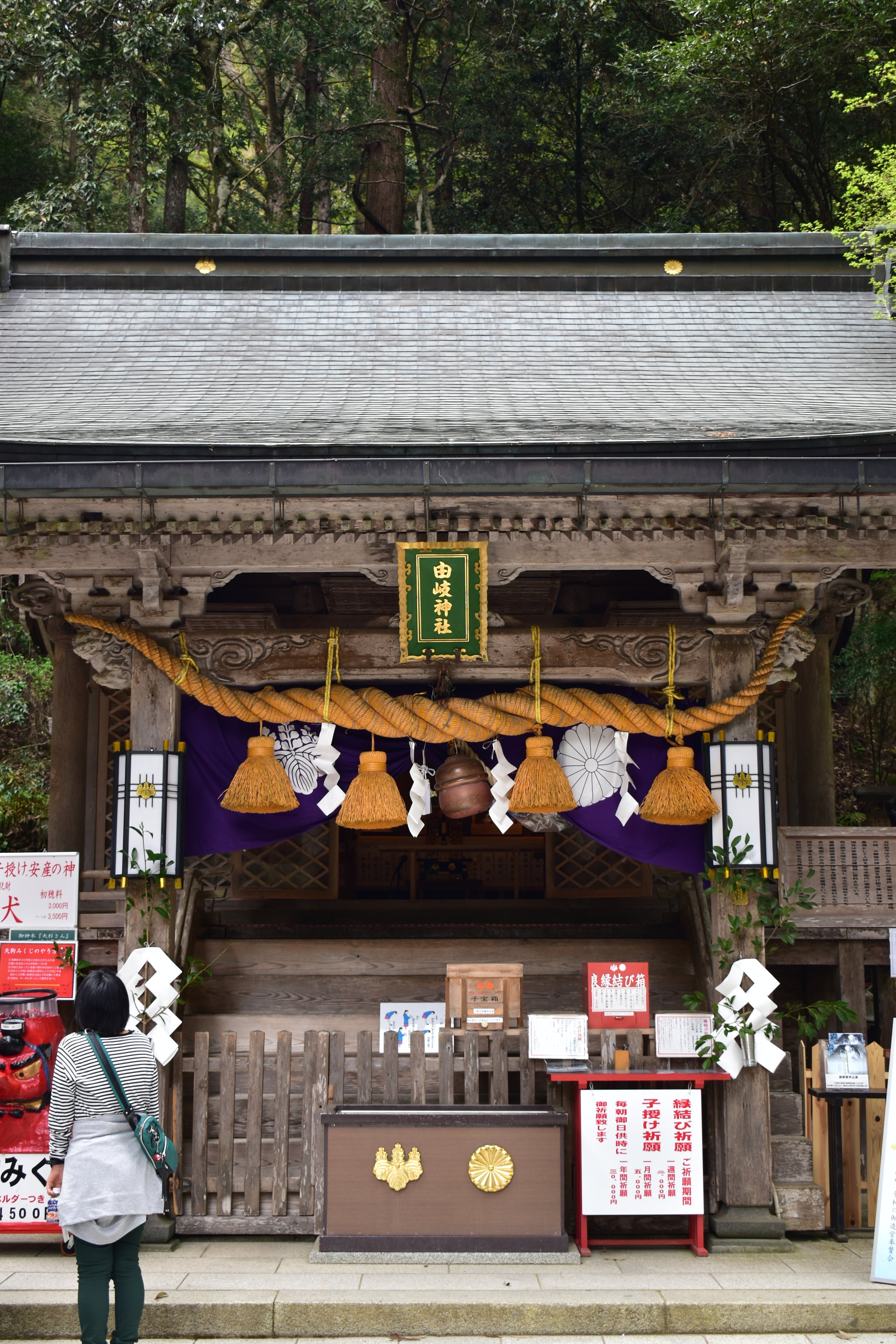Kamigamo Jinja is the upper of two shrines dedicated not only the the Kamo-gawa, the Kamo River, but also to the founding of Kyoto itself. The deity enshrined is the three-legged raven, or Yatagarasu in Japanese, and is the primary ancient emblem of the Imperial Family. The Yatagarasu is a very important figure in the culture of Japan as well as a defining character in the history of the Imperial Family. It is said that when the capital of Japan was being moved from Nara, the emperor followed a three-legged raven north to where the city of Heian-kyô (Kyoto) would be founded. After leading the emperor, the raven retired to its home now enshrined as Kamigamo Jinja.
For the casual: 8. For the educated: 10.
I can’t believe that it took me five years to see Shimogamo Jinja, the lower shrine, and then move north to the upper shrine. This is one of those places that you see on the map being so far north that you think to yourself, “Hey, I think that is going to be so much trouble getting to that I don’t think it’s worth it.” But that’s just the thing, it’s not hard to get to at all. Whether by taxi, bus, or subway with a little walk, the shrine is actually very easy to get to and I would say quite beautiful too. The trees that line the banks of the Kamo-gawa are mostly cherry trees and so in spring you get the blossoms and in fall the leaves turn red. Granted they don’t have the same colorful attraction that a maple or a ginko tree might impress, but it’s still a lovely change in color.
The shrine stands out from its surroundings because of the vibrant vermillian of its paint. Large torii gates and fences designate the boundaries of the shrine. A long gravel path then leads visitors straight through a lawn to the inner shrine. It is believed that the sport of horse-riding, and the festivals associated with it, began its practice at this shrine, as a result the shrine has a horse-riding festival in late spring. I’m not sure how regular this is, but when I was there, there was a good luck horse in a small stable just outside of the main shrine that you could pay to feed.
The shrine consists of three main sections, the Hoso-dono, the Hashi-dono, and finally the Hon-den. The Hoso-dono is the first building that visitors see after passing through the inner torii. It is known for the two cones of sand which stand in front. These cones of sand are said to have cleansing properties and are kept intact year-round. The Hashi-dono, currently undergoing rennovations, is less a prayer building and more of a formal reception house. The Hashi-dono, as its name suggests, is a building which straddles one of the streams which bisects the shrine grounds. It is also here that a missive from the emperor is put on display when he sends his good wishes for the Aoi Matsuri every year. The Hon-den, the main shrine, is the final building with two gates, the Ro-mon and the Chu-mon. The Chu-mon is only opened at New Years so most people are only familiar with the Ro-mon. Inside are enshrined the spirits of not only the Yatagarasu, but also the local deities of the area which have been worshipped since prehistoric times.











